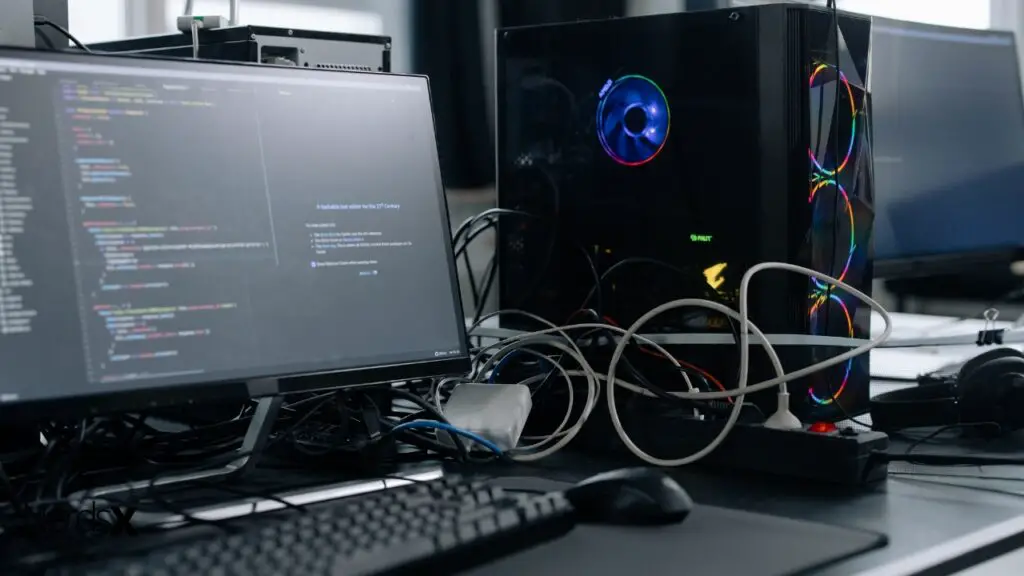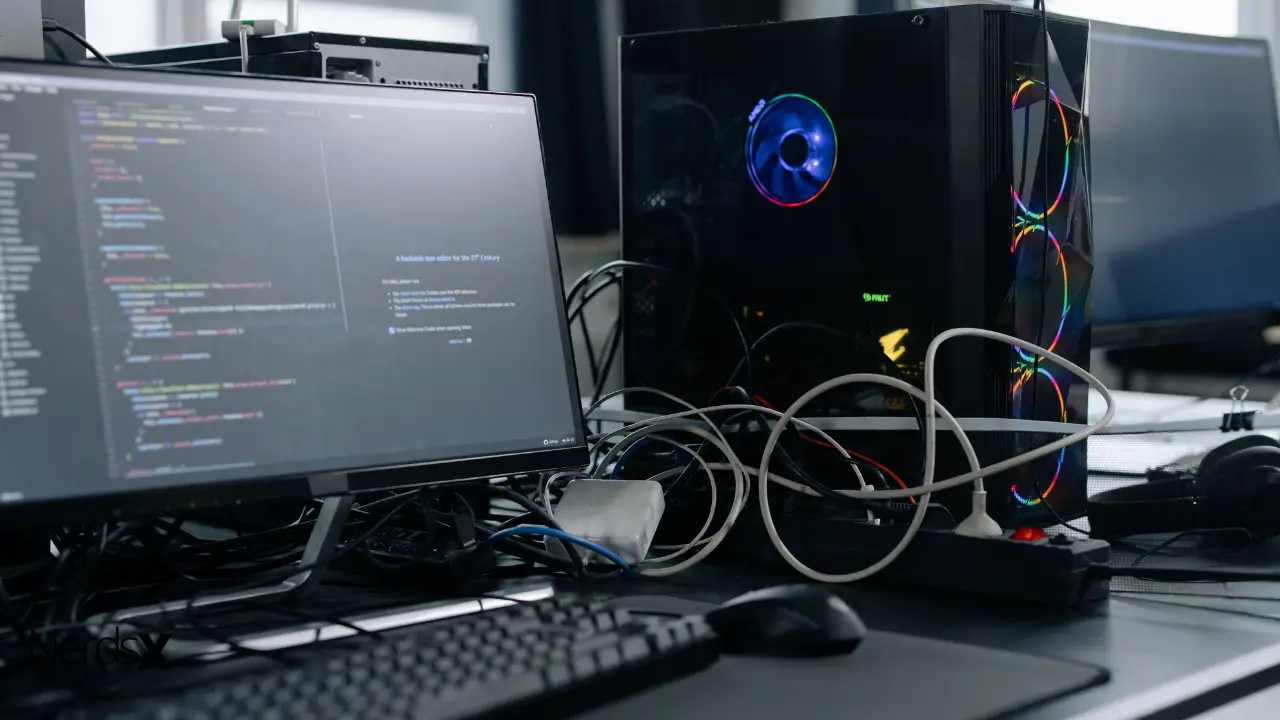Nothing is more annoying than having your system shut down unexpectedly while you’re using it, only for it to power back up a few seconds later. That one malfunction can cause loss of data,�? or erase something that you have been working on for hours. The worst-case scenario is when it doesn’t just power back up, but goes on and off repeatedly. As frustrating as this may be, it can be fixed, and how quickly you fix it depends on the source of the problem.�?
Why Does My Computer Switch On And Off Repeatedly?
Power issues, incompatible hardware, faulty motherboard, computer Virus, BIOS issues, and incompatible drivers are among the many things that can make your PC turn on and off repeatedly.
Breakdown Of Possible Causes And Their Solutions
Power Issues
If there is any short-circuit in the power supply unit, your PC will shut down automatically (as a safety measure). If the charger has a problem and isn’t delivering the amount of voltage, the system can automatically shut down on its own as well. Power surges can also cause this same effect.
Solution: Check and ensure that everything is OK. From your charger to the power source, the charging port of the computer, and even the power button, all of them have to be right, or else your computer will keep shutting down. Sometimes a faulty or stuck power button may be what is turning the PC on and off.
BIOS Issues
The BIOS is firmware that is used by the processor to boost your computer. If it is out-of-date or faulty, then your computer may never boot or will continue booting and shutting down randomly on its own. Solution: BIOS is a very delicate part of the system, so solving any BIOS problems should be done technically. In fact, don’t even go into it until you are sure that the BIOS is the cause of the problem. If you are sure, you can use a step-by-step tutorial to update the BIOS, or better still get a technician to do it for you.�?
Faulty Motherboard
Problems with your motherboard circuit can cause your device to shut down randomly. One sign that’ll tell you if it’s the motherboard that is the root cause of the problem, is when your computer shuts down immediately you turn it on.
Solution: The solution to this can be expensive, because you may have to change the entire motherboard for your PC to work well again. Therefore, it should only be done as a last resort. You can meet an expert to replace the motherboard for you.�?
Computer Virus
Computer viruses can cause your computer to misbehave in several different ways, and making it turn off and on is not out of question. Viruses can change the computer settings on their own, or create new programs that conflict with those originally present in the PC, causing the shutdown and reboot loop.�?
Solution: Scan the computer system for viruses, and erase them. An advanced scan would be preferable here.�?
Memory Issue
If the memory modules were not properly seated in the memory slots of the motherboard, your computer may malfunction while booting or even exhibit the frequent “on-and-off” issue.�?
Solution: Verify that the memory modules are properly seated in the memory slots. If you can, open the computer, remove the memory modules from their slots and gently reseat them. Take caution to put the memory modules in their matching slots, using the different colors as a guide.�?
Overheating
Some computers are set by default to shut down automatically if a certain temperature is reached. This is done to prevent certain internal components from melting or getting burnt.�?
Solutions
Allow the computer system to cool for some time. Also, if your motherboard was recently replaced, make sure the thermal compound is properly applied to the processor, and also that the fan which cools the system is working perfectly.�?
Newly Installed Computer Hardware Is Incompatible
If you notice that your PC started malfunctioning just after you installed a new component or peripheral, then it’s most likely that the newly-added component is the source of the problem.
Solution: Simply uninstall the component(s) or disconnect the peripheral to see if your computer functions normally.�?
Other Possible Causes And Quick Fixes
| Cause / Fault | Quick Fixes |
| RAM issue | Open the computer case, take out the RAM module and fix it back |
| Fast startup feature | Go to your shutdown settings and disable the fast start-up features and save changes |
| Incompatible Drivers | Use an assistant software to detect which drivers need updating, or go to your device manager and manually update all the drivers on your computer |
| Operating System Issues | Restore the computer to a certain point, or restore factory settings, or reinstall windows |
| Loose Cables | Confirm that power cable, IDE cables, SATA cables, etc are firmly attached |
| Defective power supply | Change the power supply source |
| Dust and Dirt | Open the computer and wipe the internal components with a brush |
| CMOS has a problem | Reset CMOS to default settings |
| Random software and file issues | Use the system troubleshooter to know which software needs fixing or removing, also run system file checker�? |

Why Does My Computer Take So Long To Shut Down?
Your computer may take some time to shut down for the following reasons:
1. You have a lot of active apps running in the background
2. There is a computer virus or malware in your system
3. Your computer has a low internal memory
4. Your computer may be freezing (special troubleshooting is required in this case)
Final Notes
In summary, the commonest causes for frequent shutting down and powering up of a computer system are power issues (power source, cable, short-circuit, etc) and motherboard issues. Viruses are also another very likely factor. Whichever is the cause, try troubleshooting for one thing at a time. Start with power, and then move to the rest. It’s something you can easily do on your own, but try not to damage any internal component in the process of fixing things, and take care to unplug the computer system from the power source before opening it.

